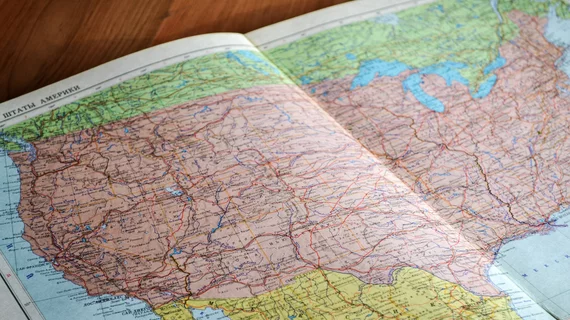Best and worst states for healthcare 2019
Minnesota is the state with the best healthcare in 2019, according to a new ranking by WalletHub.
Minnesota has consistently ranked in the top for states with the best healthcare across several rating sites, including a recent list from U.S. News & World Report. Minnesota was also recently ranked as the second-best state for nurses and the No. 1 state for physicians to practice.
Here are the top 10 best states for healthcare 2019:
- Minnesota
- Massachusetts
- Rhode Island
- District of Columbia
- Vermont
- New Hampshire
- Hawaii
- Maine
- North Dakota
- Iowa
WalletHub ranked the best and worst states for healthcare, comparing the 50 states and the District of Columbia by cost, access and outcomes using 43 metrics and grading states on a 100-point scale.
Many states in the top 10 best list had some of the lowest average monthly insurance premiums rates in the country, with Massachusetts, Idaho and Rhode Island having the lowest rate.
However, not all states ranked high in the metrics.
Here are the 10 worst states for healthcare in 2019:
- Alabama
- Texas
- Louisiana
- Oklahoma
- Georgia
- Arkansas
- South Carolina
- Mississippi
- North Carolina
- Alaska
Alaska ranked dead last in terms of overall cost but fared better with outcomes and access. Utah, Mississippi, Nevada, Wyoming and Idaho had the fewest physicians among all the states, while Kentucky, Delaware and Pennsylvania had the highest cancer rates in the nation.
Several of the states at the bottom of the list are also those that did not expand Medicaid under the Affordable Care Act.
“The 2012 SCOTUS decision allowing states to opt out of Medicaid expansion has created the very odd situation that individuals lose their subsidies if their incomes fall,” said Carolyn A. Watts, PhD, Richard M. Bracken Chair and Chairman of Department of Health Administration at the College of Health Professions at Virginia Commonwealth University. “The Kaiser Family Foundation estimates that 2.5 million Americans fall into the ‘coverage gap’ in the 14 states that have still not expanded their Medicaid programs.”
See the full findings here.

